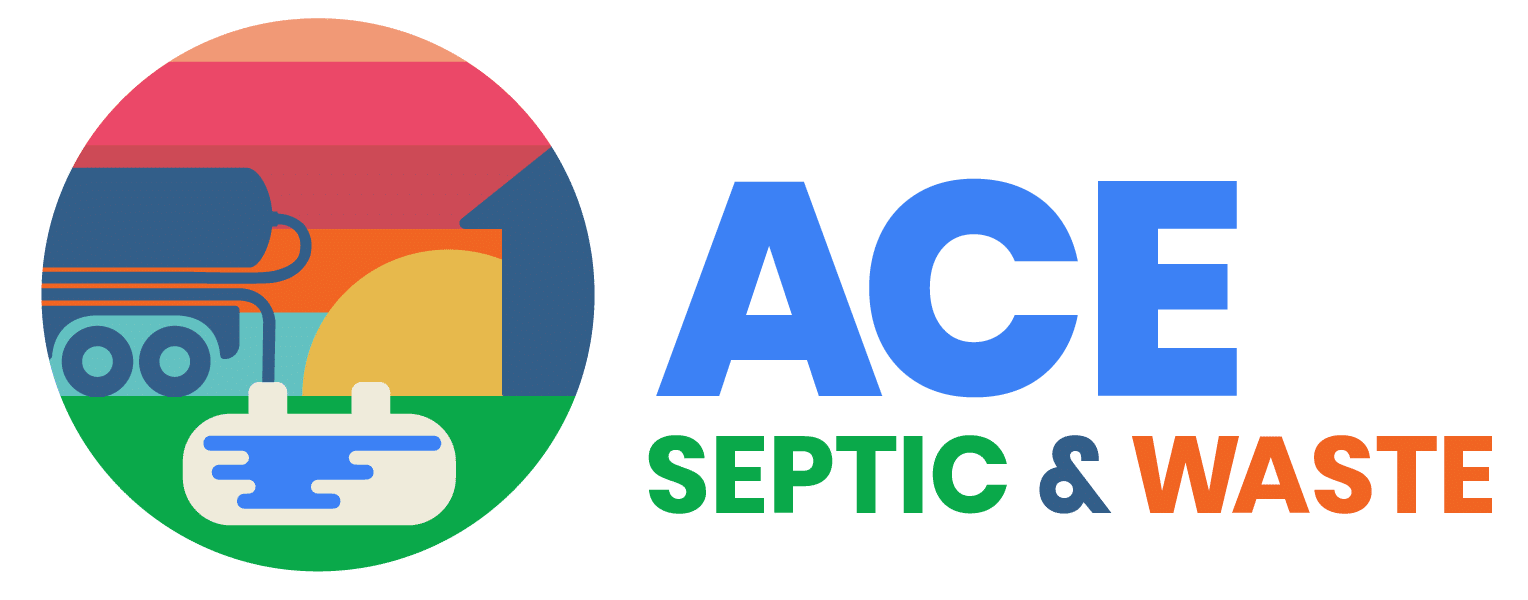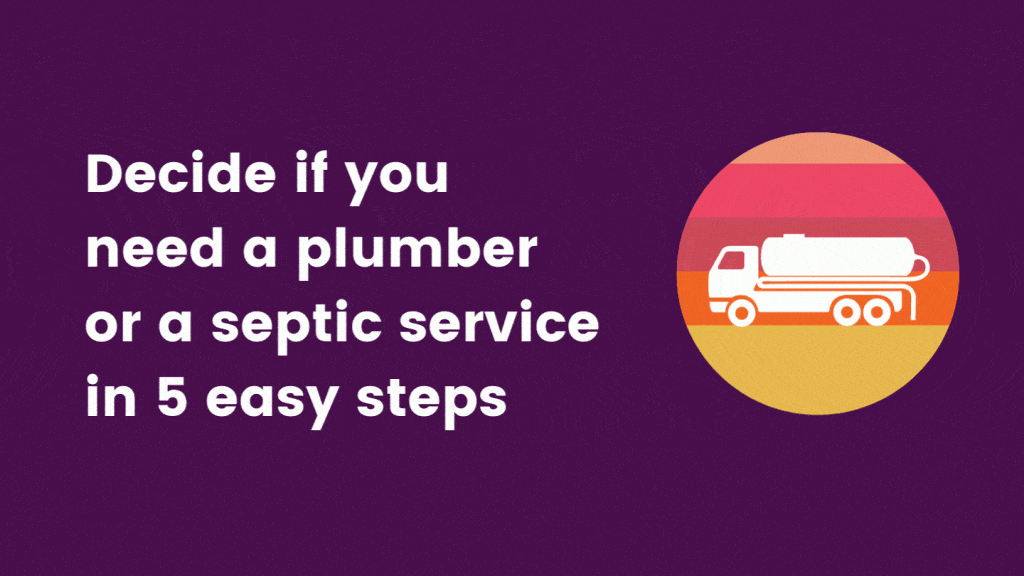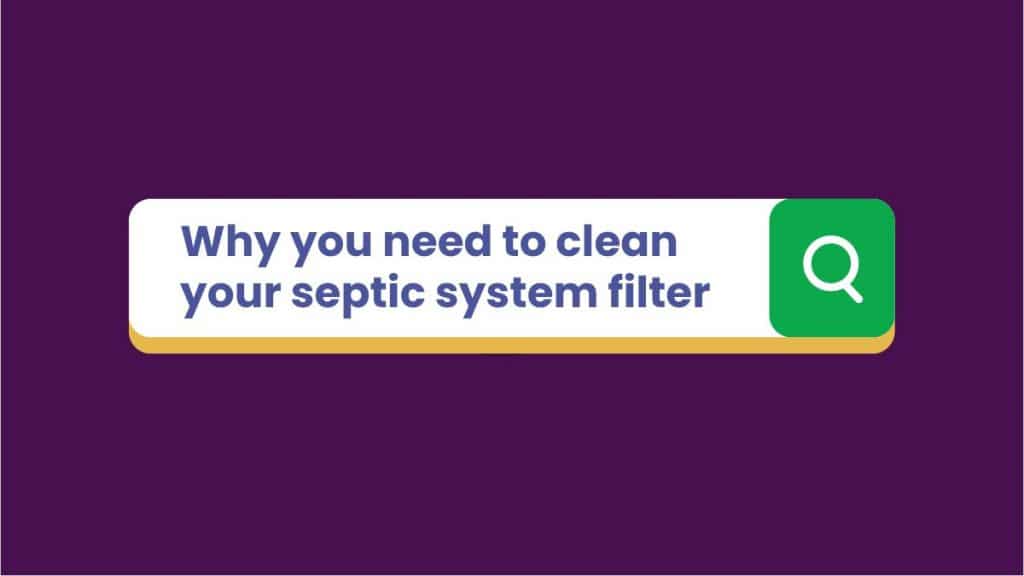Wastewater management relies on multiple systems working together to overcome environmental and logistic challenges. ACE Septic & Waste strives to educate customers about septic and sewer systems. As part of our lift station guide, this article covers the basics and differences between gravity-fed and forced main sewer systems and how lift stations play an integral role. Let’s dive into how these systems operate, their components, and their maintenance needs.
Gravity-Fed Sewer Systems
Gravity-fed sewer systems utilize a series of interconnected pipes with a continuous downward slope to move wastewater. It’s a simple yet effective method, relying on gravity to transport sewage from homes and businesses to treatment facilities or a secondary system like a forced main sewer system. Gravity systems require careful construction and installation to function correctly. However, these systems last a long time and require minimal maintenance, mostly ensuring the established pipelines remain clear of obstructions and measuring wear and tear.
Forced Main Sewer Systems
The main sewer system is the sewer utility’s primary line. A force main line uses pressurized force and mechanical pump stations to move the wastewater to the treatment facility. This system is required in areas where gravity alone can’t move wastewater to the facility. Some sewer systems will use a combination of both systems as part of their sewer line. Unlike gravity systems that need smooth grading and construction, force main lines can have varying alignments and elevation changes.
Lift Stations and the Main Sewer Line
Because main sewer lines are under high pressure, businesses and residential developments require a lift station to pump wastewater into the main line. Lift stations collect wastewater from homes, businesses, and other buildings. This wastewater is typically gathered in a wet well, a large pit where the wastewater can accumulate.
Once the wastewater reaches a certain level in the wet well, sensors or float switches activate the pumps within the lift station. These pumps are powerful enough to push the wastewater into the forced main, moving it away from the lift station.
Lift stations also require regular maintenance, such as checking pump functionality, monitoring pressure and wastewater levels, and ensuring the system is undamaged and doesn’t leak.
Energy and Maintenance
Energy use is much higher in forced main systems due to their reliance on pumps. Maintaining these systems requires a knowledge of pump efficiency and electrical systems. Gravity-fed systems are less complex and demand less energy but still need regular maintenance to prevent blockages and wear.
ACE Septic is Florida’s #1 Lift Station Service Company
If you’re looking for expert assistance in managing your lift station, pump station, or sewer lines, contact ACE Septic & Waste today. We offer comprehensive lift station services tailored to your needs. Also, follow us on LinkedIn for more insights into effective wastewater management solutions. Let’s work together to keep your systems running optimally.







